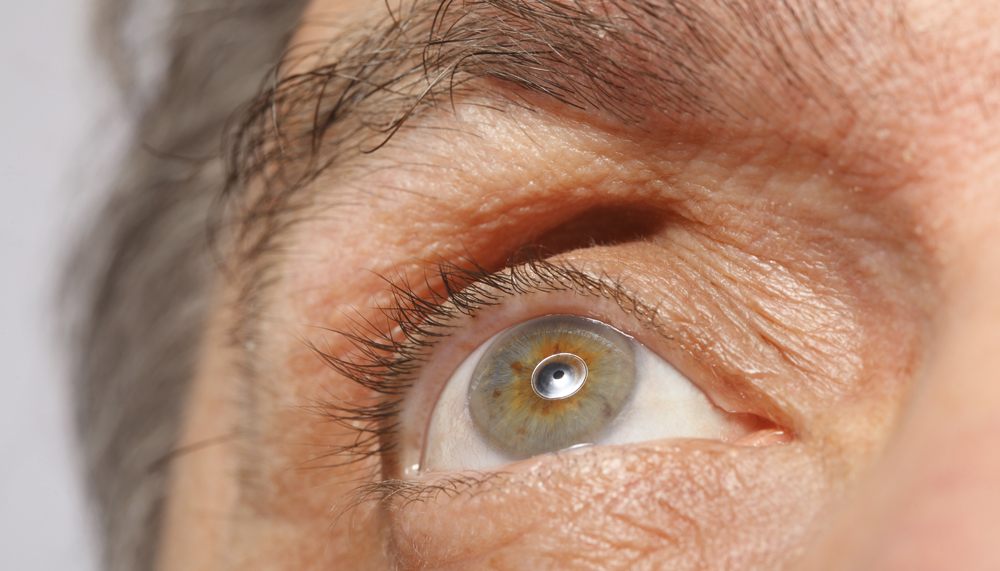Seeing is believing

Believed to affect over one million Australians, the incidence of macular degeneration is on the rise. By Amie Larter
Age-related macular degeneration is the leading cause of blindness and loss of vision in Australia and affects one in seven people over the age of 50.
Estimated at costing the health system approximately $5 billion in 20190, the disease is said to affect a patient’s quality of life in an equivalent capacity to cancer or even coronary disease.
Associate professor Alex Hunyor, retinal specialist at Sydney Eye Hospital and Macquarie University, believes there are two main reasons for the spike in AMD diagnosis.
“[The increase] relates both to the ageing population and also increased awareness – so we are increasingly diagnosing the problem,” he said.
“Rather than having lots of people who have it but don’t know about it, we now have a better handle on how many people have it.”
There are two types of macular degeneration. The first, commonly known as ‘dry form’, results in a gradual loss of central vision.
Wet AMD, the more severe form, is characterised by a sudden loss of vision caused by abnormal blood vessels growing in the retina.
Out of the 1 million people that have evidence of macular degeneration, 167,000 had late stage macular degeneration which included 57,000 with the dry form and 110,000 with wet AMD.
Early detection is vital to managing the condition, and Hunyor believes that it is important for medical professionals to be aware if the impact and symptoms of macular vision impairment.
According to the Macular Degeneration Foundation Australia key symptoms may include:
• Difficulty with reading or any other activity that requires fine vision
• Distortion, where straight lines appear wavy or bent
• Distinguishing faces become a problem
• Dark patches or empty spaces appear in the centre of your vision.
“People with macular disease often won’t look as though they are blind or visually impaired because their behavior looks otherwise – they can still see lots of things and to get around,” Hunyor said.
“If they are describing problems with central vision – blurry patches or a crooked appearance to straight lines, they are very characteristic symptoms of macular disease. To work out what the macular problem is they just need to have their eyes tested by a specialist.”
New research also suggests that the burden of AMD extends not only to patients but also to those who are caring for them.
Statistics from MDFA has revealed that the depression rates amongst those caring for someone with vision loss from age-related macular degeneration is triple those seen in the Australian population over 65 years.
MDFA encourages those dealing with AMD patients, to also consider the carer to ensure that people know they are not alone and can be guided in the right direction for support.
“We know that it is a very challenging task for a carer looking after someone with low vision because there is a constant worry about accidents and falls – it is the relentless nature of having to have patience, and the continuous need to stay positive,” said Julie Heraghty, CEO of MDFA.
Results revealed that over half of carers believe the disease has had a negative impact on their life, while 38 per cent had felt frustrated and 28 per cent had experienced sadness.
Of the carers, two thirds were contending with their own chronic conditions – arthritis, heart disease, cancer – and one in ten carers reported that there was no one to look after them if they were unwell.
Heraghty suggests this could be attributed to the fact in most cases, it’s a spouse looking after the person with AMD.
AMD risk factors
Age
• The rate of macular degeneration increases dramatically with age
• Macular degeneration is not an inevitable consequence of ageing
Family history
• 50 per cent risk of developing macular degeneration if a family history is present
• Up to 70 per cent of cases have a genetic link
Smoking
• 3–4 times the risk of macular degeneration if you smoke
• Smokers get macular degeneration five to 10 years earlier, on average
• 20 years after quitting, an ex-smoker’s risk is the same as someone who has never smoked
*Information sourced from the Macular Degeneration Foundation Australia
Email: [email protected]




